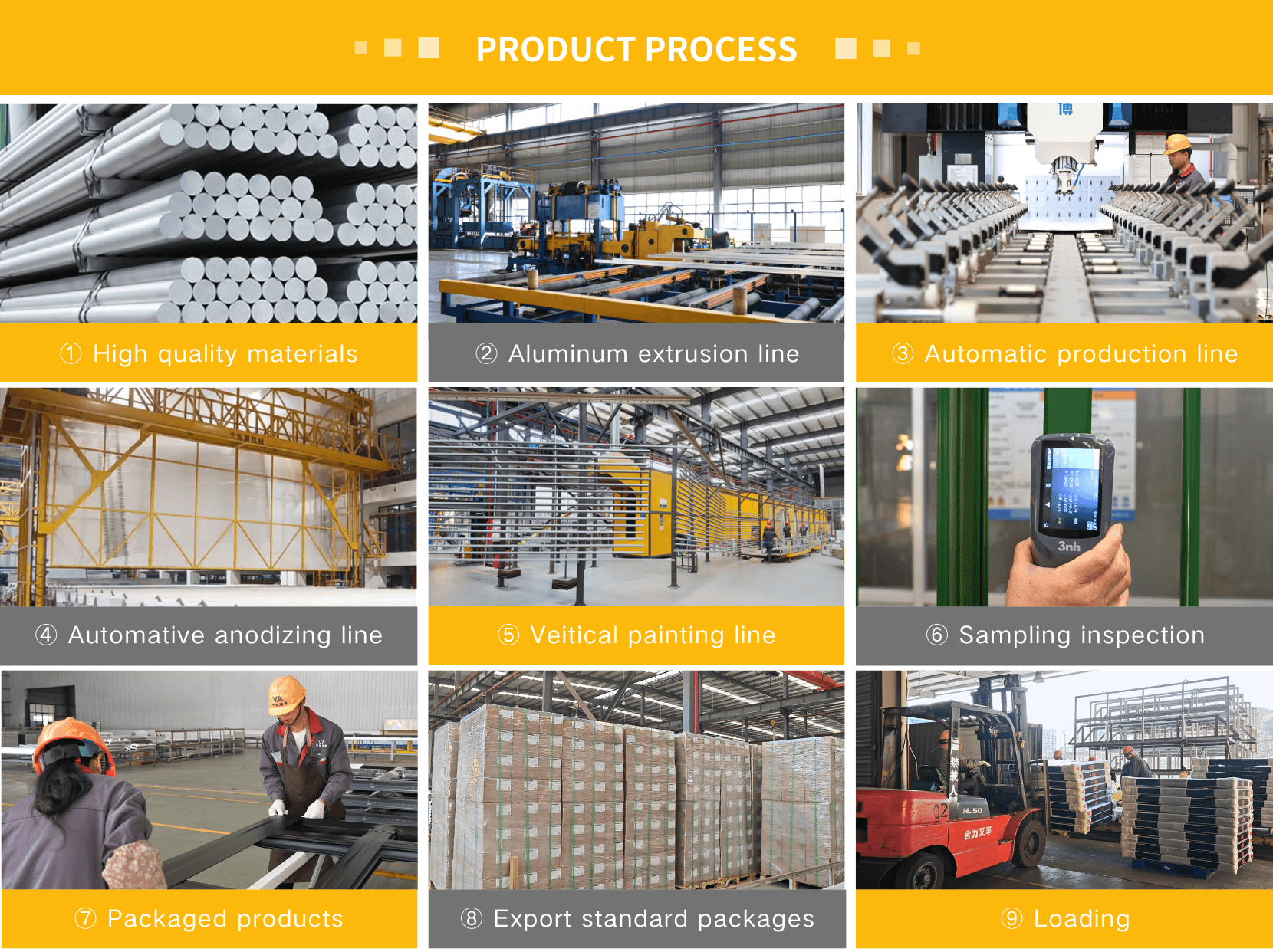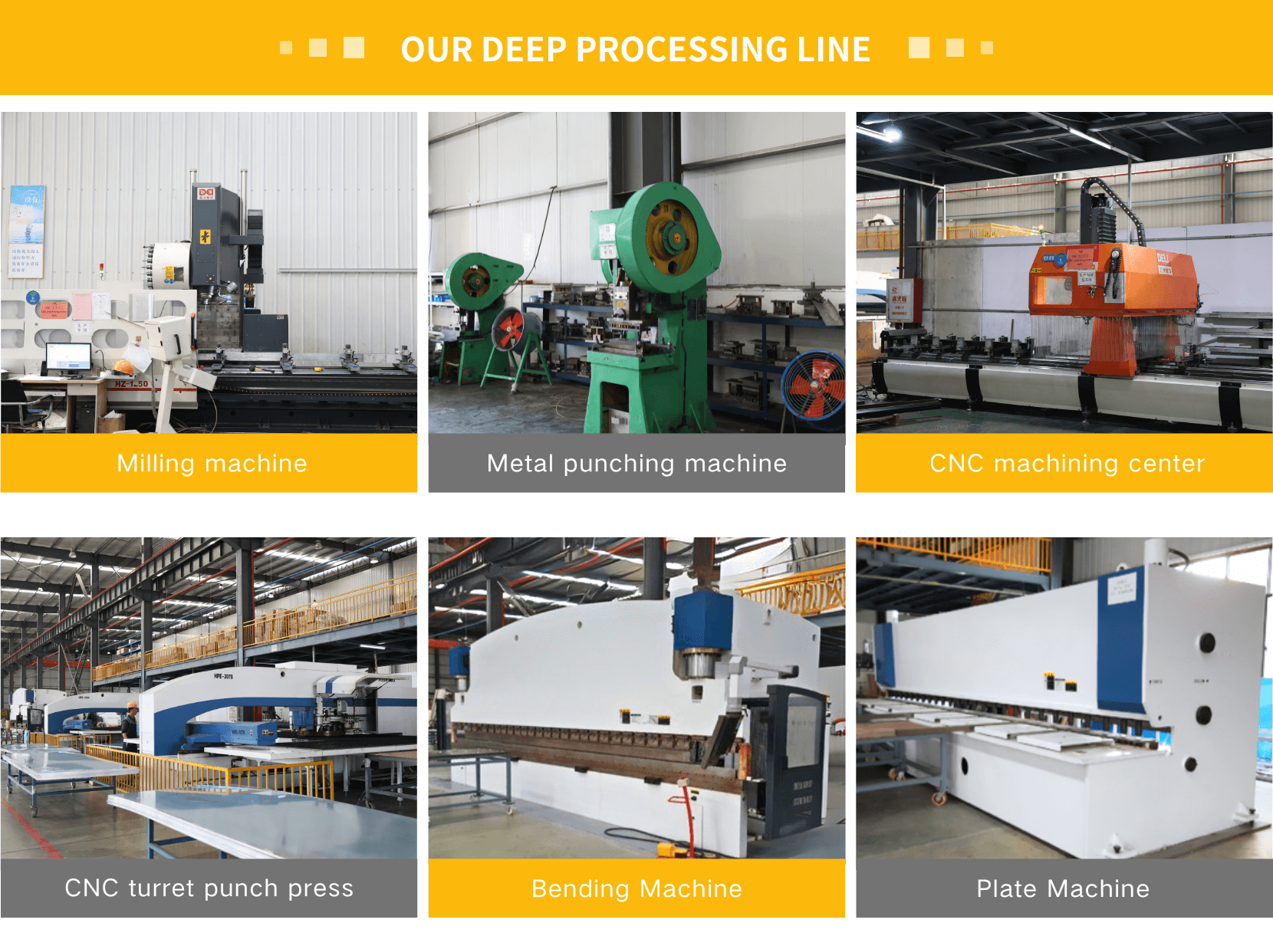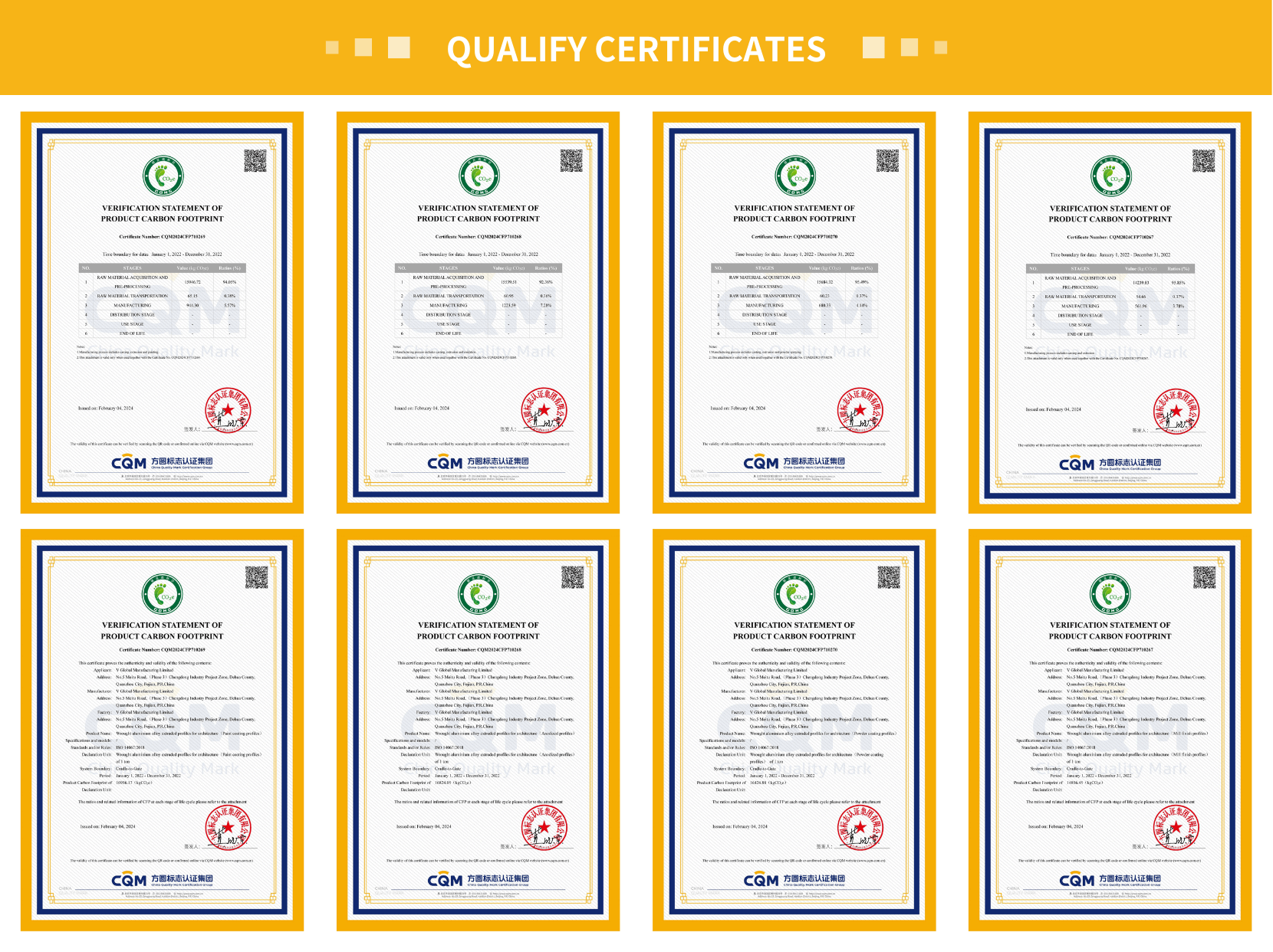Tel: +86-18065255079 E-mail: wulixia@vameitulvye.com
Whatsapp:+86 15260985928
English
- All
- Product Name
- Product Keyword
- Product Model
- Product Summary
- Product Description
- Multi Field Search
| Availability: | |
|---|---|
| Quantity: | |
Black Anodized Aluminum Profile Heat Sinks are critical for optimizing thermal management in LED lighting systems—addressing a major issue: LED overheating. LEDs generate significant heat (even though they are “cool” to the touch), and excess heat raises the junction temperature (Tj) of the LED chip, leading to 50% faster light lumen depreciation and a 50% reduction in lifespan (from 50,000 hours to 25,000 hours).








These heat sinks solve this by leveraging the thermal conductivity of aluminum (205 W/(m・K)) and the enhanced heat dissipation of a black anodized finish. The anodization process—electrolytic oxidation that creates a porous, hard oxide layer (Al₂O₃)—increases surface area by 30% and improves heat transfer to the surrounding air. Ideal for high-power LEDs (50W - 300W) in residential, commercial, and industrial lighting, they ensure consistent performance and long LED lifespans.
Superior Heat Dissipation: The black anodized surface (10 - 20μm thick) increases thermal conductivity by 15% compared to untreated aluminum, reducing LED junction temperatures by 15 - 20°C (from 85°C to 65 - 70°C for a 100W LED). This lowers light depreciation to < 10% after 20,000 hours (meeting LM-80 standards) and extends LED lifespan to 50,000 + hours. The heat sink also has a thermal resistance as low as 0.5°C/W (for a 300W model), ensuring efficient heat transfer even at high power levels.
Durable Finish: Black anodizing provides class 2 corrosion resistance (per MIL - A - 8625 standards), withstanding 500 hours of salt spray testing (ASTM B117) without red rust. The oxide layer is 3x harder than bare aluminum (600 HV vs. 200 HV), resisting scratches and wear—critical for industrial lighting or outdoor use where the heat sink may be exposed to debris or impacts.
Lightweight Design: Precision-extruded aluminum profiles (6063-T5 alloy) balance thermal performance with low weight—weighing 60% less than copper heat sinks (which have similar thermal conductivity but are denser). A 300W aluminum heat sink weighs approximately 1.5kg, compared to 2.5kg for a copper equivalent, making it suitable for ceiling-mounted or suspended lighting (e.g., track lights, high-bay fixtures) where weight is a concern.
Customizable Geometry: Available in a range of shapes, including extruded fins (for maximum surface area), channels (for linear LEDs), and plates (for COB LEDs). We offer CNC machining options (drilling, tapping, cutting) to create exact fits for LED modules—e.g., holes for mounting screws, notches for wire management, or grooves for thermal paste application. Custom lengths (from 100mm to 2000mm) and fin densities (5 - 15 fins per inch) are also available.
Aesthetic Appeal: The matte black anodized finish complements modern LED lighting designs, blending with dark fixtures (e.g., black track lights, industrial-style pendants) and hiding dust or minor imperfections. Unlike painted heat sinks, the anodized finish doesn’t chip or fade, maintaining a sleek appearance for years.
Commercial Lighting: High-bay fixtures in warehouses, retail stores (e.g., supermarkets, clothing shops), and office panel lights. For example, a 200W high-bay LED with this heat sink maintains a junction temperature of 68°C, ensuring bright, consistent lighting for 12-hour daily use in a warehouse. Retail display lights (e.g., jewelry cases) benefit from the compact design, which fits into tight spaces.
Outdoor Lighting: Streetlights, floodlights, and landscape lighting exposed to harsh weather. The corrosion-resistant anodized finish withstands rain, snow, and UV radiation, while the heat dissipation prevents LED failure in hot summer months (e.g., 40°C outdoor temperatures). Solar-powered streetlights also benefit from the lightweight design, reducing the load on solar panel poles.
Residential Lighting: Recessed ceiling lights (downlights), under-cabinet fixtures, and smart lighting systems. The low-profile design of channel-shaped heat sinks fits into 4-inch recessed cans, while the black finish matches modern kitchen or living room decor. Under-cabinet lights use plate-shaped heat sinks to stay cool, even when mounted near cabinets or countertops.
Industrial Lighting: Lighting for factories, workshops, and refrigerated spaces (e.g., cold storage warehouses). In cold environments, the heat sink prevents condensation (thanks to the anodized layer’s non-porous surface), while in high-temperature factories (e.g., metalworking shops), it maintains LED performance at 50°C - 60°C ambient temperatures.
Q: How does anodization improve heat dissipation?
A: The anodization process creates a porous aluminum oxide (Al₂O₃) layer on the aluminum surface. This layer increases the heat sink’s surface area by 30% (compared to smooth bare aluminum), allowing more heat to transfer to the surrounding air via convection. The oxide layer also has high thermal conductivity (30 W/(m·K)), ensuring heat flows efficiently from the aluminum core to the surface—unlike paint, which acts as a thermal barrier.
Q: What is the maximum LED wattage these heat sinks can handle?
A: Custom designs support up to 300W LEDs, with thermal resistance as low as 0.5°C/W. For lower wattages: 50W LEDs use heat sinks with 2.0°C/W thermal resistance, 100W LEDs use 1.2°C/W, and 200W LEDs use 0.8°C/W. Our engineering team calculates the required heat sink size based on the LED’s power, ambient temperature, and desired junction temperature (typically ≤ 75°C for long lifespan).
Q: Can the black finish fade over time?
A: No, the black anodized layer is integral to the aluminum surface—unlike paint, which sits on top. The oxide layer is UV-stable and resistant to environmental factors (rain, salt, chemicals), so it won’t fade, chip, or peel. We test the finish to ASTM G154 (UV exposure) for 3000 hours, simulating 20 years of outdoor use, with no visible color change.


